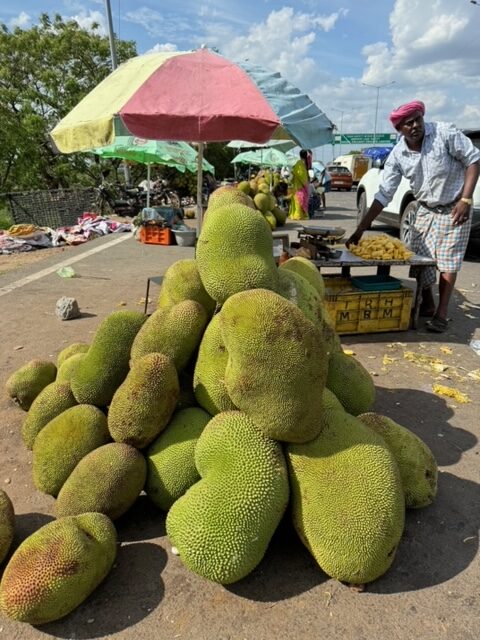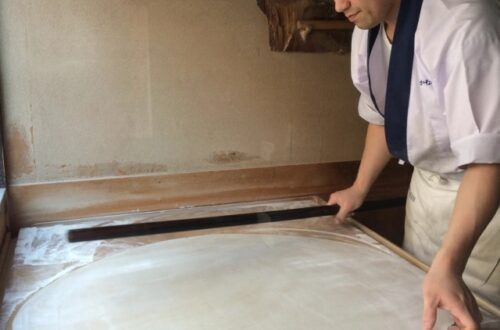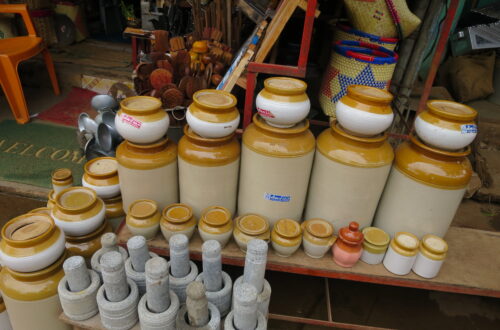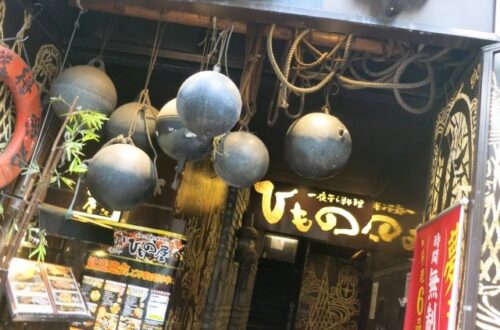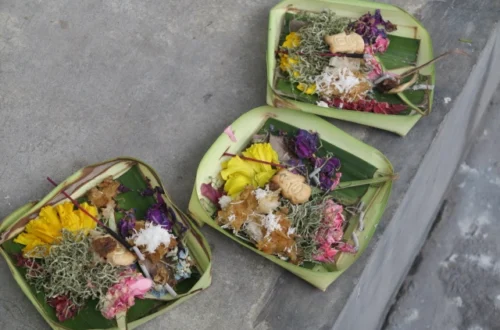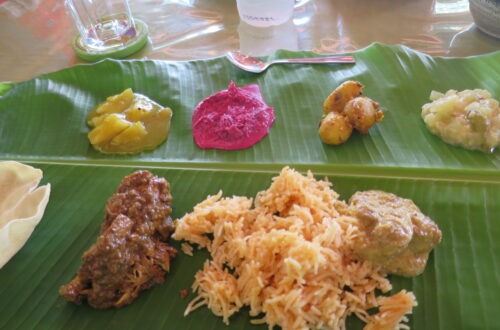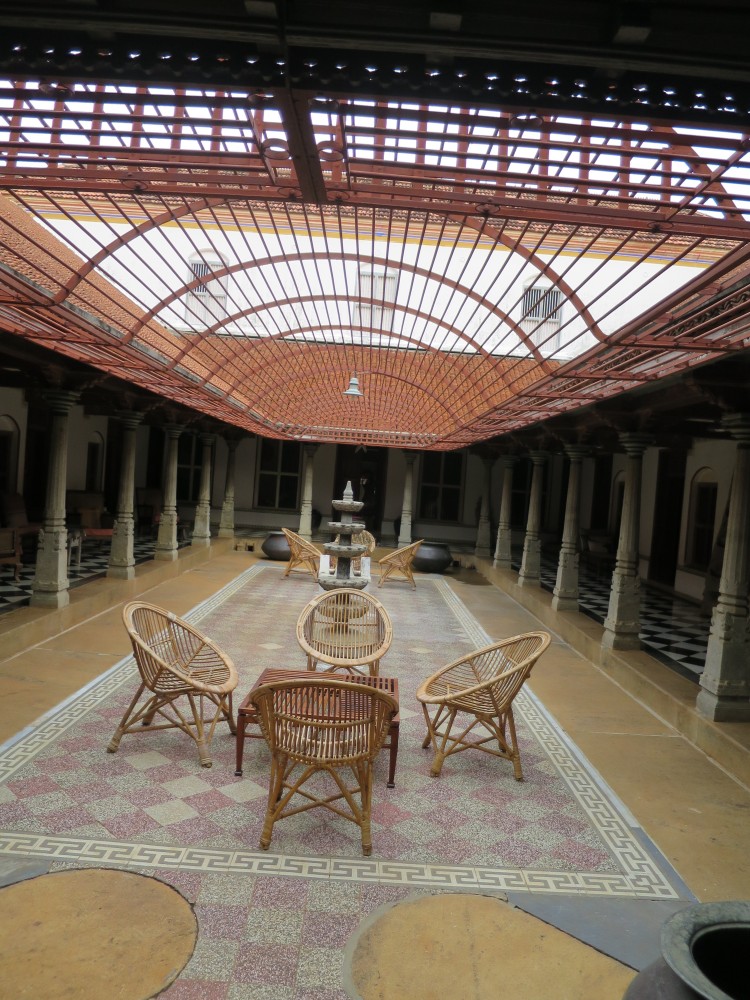-
Salted Fish – Time honored delicacy
Heavy rains can disrupt drying, causing spoilage. Fishermen often overcome this challenge by using tarps or shelters to protect the fish from rain, ensuring the drying process continues smoothly. This resilience helps maintain the cultural heritage and economic importance of salted fish in any cuisine. Insufficient drying can lead to moisture retention, creating an environment conducive to the growth of bacteria and mold, which can spoil the fish quickly.
-
Black Velvet Tamarind
Beneath this intriguing exterior lies the fruit, which captivates with its rich brownish-orange color and a delightfully fuzzy texture, perfectly embodying its name. The flavor profile of velvet tamarind is an exciting mix of acidic, tart, and an enticing sour-sweet taste that tingles the taste buds. During my school days, velvet tamarind was a beloved treat sold in the canteen, greatly cherished by my schoolmates. We would playfully stick out our tongues to show the vivid orange hue left behind after indulging in this fruit.
-
Jackfruits of Panruti
As the jackfruit ripens, it transforms into a soft, sweet treat with tropical flavors reminiscent of pineapple, mango, and banana. Ripe jackfruit is used in various desserts like cakes, puddings, and ice cream. Tamil culinary traditions include dishes like Jackfruit Payasam, a creamy dessert with ripe jackfruit, coconut milk, and jaggery, and Elai Adai, a sweet delicacy of rice flour, coconut, jaggery, chopped jackfruit, all steamed in a banana leaf.
-
Salt Mines
As you journey along the ECR, you’ll witness sprawling shallow pools filled with seawater gradually transforming into salt crystals. The glistening sight of the sun reflecting off the water is truly mesmerizing. Additionally, mounds of salt covered with canvas can be spotted across the area, symbolizing the productivity and importance of these mines in the region’s economy.
-
Meat Feast at Karnivore Kitchen
Kalyan’s speciality is Old Bangalore Naati Oota. This cuisine is influenced by early migrants from Tamil Nadu, Andra Pradesh and parts of Karnataka who settled in Bengaluru in the early 20th century. The dishes are predominantly non-vegetarian.
-
Snack Queen of Karaikudi!
Indians love snacking, especially those made at home. I do remember my primary and secondary school days when Amma used to make certain snacks for tea time. By 4.30 pm we would be seated and served with snacks (usually savouries like bhaji and pakoras or murukku) and cups of hot thick milk tea. It was family bonding time for us. The culture is the same with Indians all over the world. Tea-time is relished as everyone shares their experience and aspirations with family members. While the North Indians are associated with rich, milk based sweets, the South Indians’ favourites are deep fried savoury snacks.
-
Quaint Ayyanar temple in Kothamangalam
I found this quaint Ayyanar temple in Kothamangalam, Karaikudi. Ayannar is the Tamil deity worshipped by villagers in India. He is said to look after the villages, ensuring there is enough rain and sunshine for good harvest and He is the protector of the villagers. He is always depicted on or by the side of a white stallion with a sword in his hand! Therefore, it is natural for devotees to make offerings of terracotta horses especially hand-made by non-Brahamin potter priests. These colourful and beautiful clay horses are supposed to watch over their Lord Ayyanar at the temple over the centuries.
-
The Bangala – Unforgettable Chettinad Cuisine
The verandahs are huge and had plush old fashioned rattan furniture. Every floor has old fashioned wood and glass cupboards filled with a good selection of books. Coffee table books on Tamil Nadu, Colonial England, Chettinad and India in general are also on display. This personal touch is important for hotels. I have come across hotels that make a library of books left behind by the guests. But at the Bangala, the books are specially chosen for the eyes of the guests.
-
Saratha Vilas – Mansion in Chettinad
I have heard so much about Chettinad and Chettiars that when I had the opportunity to experience real Chettinad culture and tradition, I did not want to give it a miss. My hosts Bernard Dragon and Michel Adment, both French Architects and interior designers, who owned Saratha Vilas are the co-founders of the association ArcHe-S (Architectural Heritage Safeguard), which initiated the Revive Chettinad Heritage Campaign in partnership with UNESCO. They are well travelled in India and have a thorough knowledge of South India.
-
Antique Shops of Chettinad
Seriously, I was in seventh heaven when I walked through these lane with about 20 plus shops selling antique pieces leftover by the Chettiars!! It was a Sunday and only about half the shops were open but I just could not leave that place. There were enamel wares, tiffin carriers, pickle jars, basins, spittoons, kettles, radios, steel and wooden spice boxes, porcelain and enamel plates and trays, beautiful mirrors, lamps and the list can go on. Many of these pieces have been bought and brought into India by the Chettiars when they went travelling to Sweden, Japan, Austria, Germany, England and Czechoslovakia for business. You need to bargain down the…






